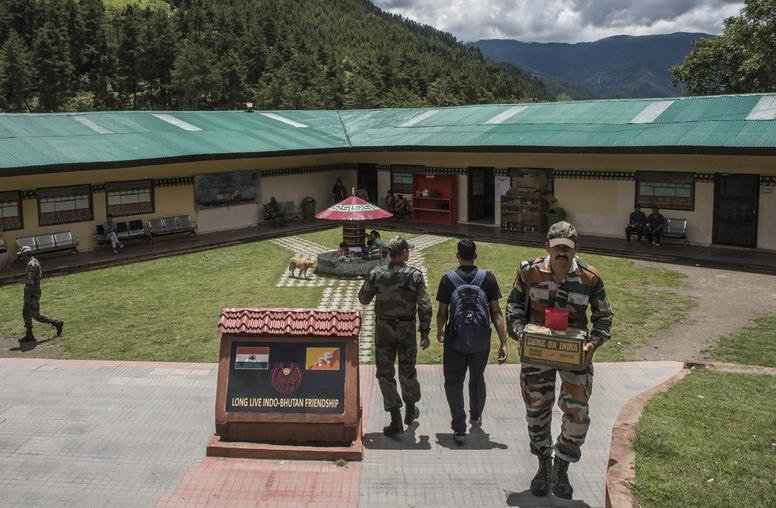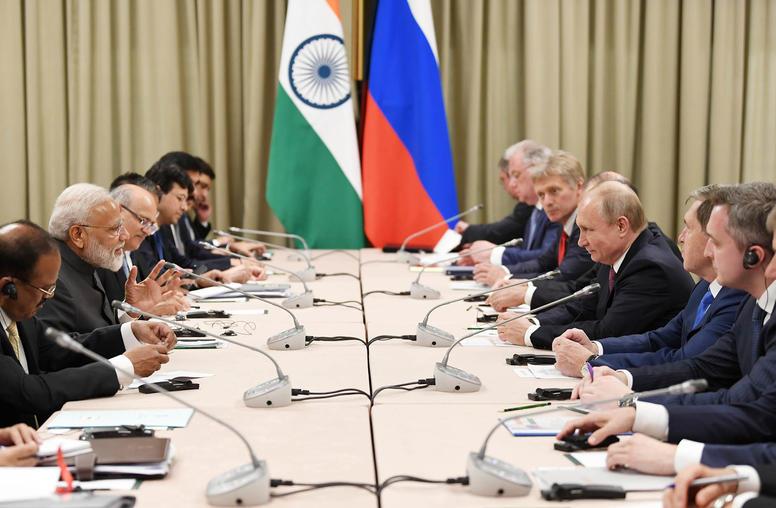India-Pakistan Negotiations
Is Past Still Prologue
This book provides a historical and current review of the trends of six key India-Pakistan negotiations, largely over shared resources and political boundaries.
Pre-independence political leadership and negotiations that led to the partitioning of British India into these two nation-states provides insight on subsequent India-Pakistan negotiations.
India-Pakistan relations have been laden with hostility, mistrust, and historical grievances since the end of British rule in 1947. This animosity has resulted in three wars, the Kargil Crisis, and many near-conflicts. India and Pakistan have also attempted to settle disputes and normalize relations through diplomatic negotiations, some successful and others not. Over the past two years, they have sustained an ongoing negotiation process to improve relations on crosscutting issues from Kashmir to trade and transportation. These talks have continued through changes of political leadership and party control, but can India and Pakistan escape their history of stalled and even failed negotiations?
This book provides a historical and current review of the trends of six key India-Pakistan negotiations, largely over shared resources and political boundaries. Pre-independence political leadership and negotiations that led to the partitioning of British India into these two nation-states provide insight on subsequent India-Pakistan negotiations. Reviewing these critical negotiations shows how both countries must exert robust, creative, and enduring leadership to achieve concrete, broad-based improvement in their bilateral relations, and ultimately, South Asian regional security.
Errata, p. 40. Shamshad Ahmad, not Najmuddin Sheikh, was Pakistan’s foreign secretary during the “composite dialogue.”
About the Author
Ambassador Dennis Kux is a retired State Department South Asia specialist and currently is a Senior Policy Scholar at the Woodrow Wilson Center in Washington, D.C.



